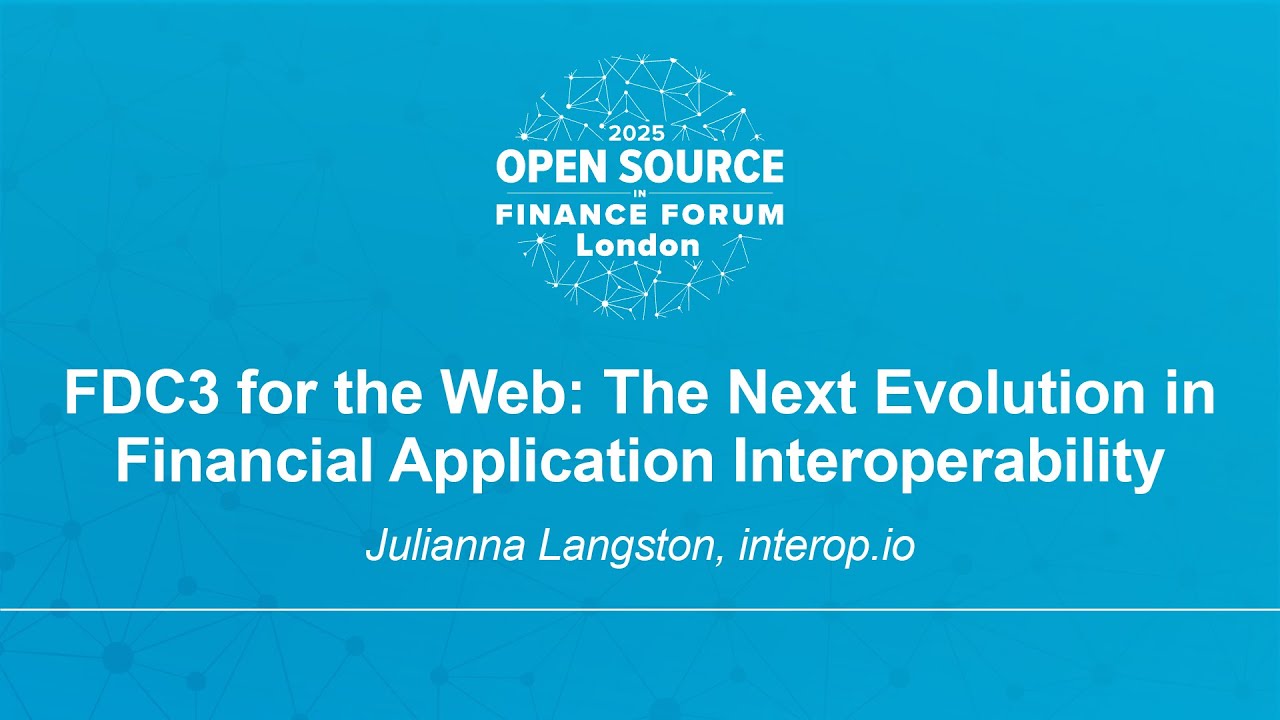Traditionally, FDC3 has been a desktop-centric technology, but there’s growing need to bring FDC3 to the web. This presents several challenges:
- Security Restrictions: Web browsers have strict security protocols that prevent the injection of scripts into iframes, which is how desktop agents traditionally communicate with applications
- Lack of a Standardized Communication Method: Without a standard way for applications to discover and communicate with a web-based desktop agent, interoperability is impossible.
- UI Integration: Key UI components, such as intent resolvers and channel selectors, need a way to be integrated into the browser environment
In this session Julianna covers how the new standard introduced with FDC3 for the Web solves these challenges. She also shows a demo of io.Connect Browser leveraging FDC3 functionality in a browser environment, enabling features like AI agents calling FDC3 commands to interact with existing applications. The fact that io.Connect Browser utilizes the new FDC3 web standards it can use functions like await getDesktopAgent() to achieve interoperability, similar to how desktop applications would, but with the advantages of a web deployment.
